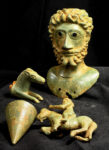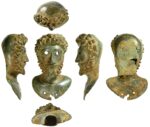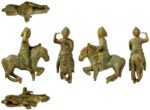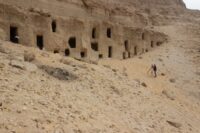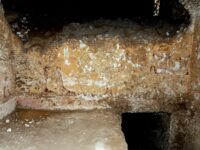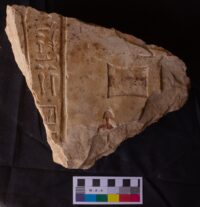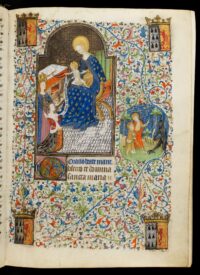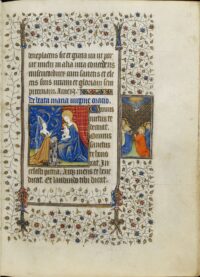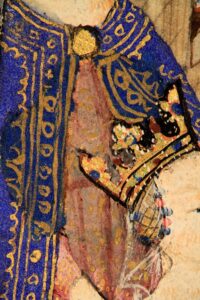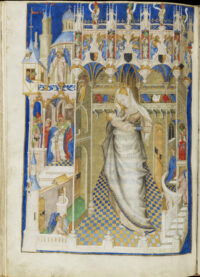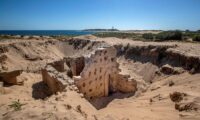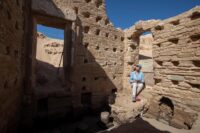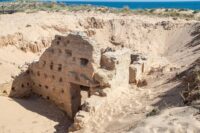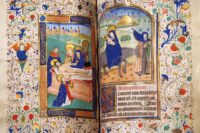 Anne Boleyn’s Book of Hours has joined Isabella Stuart’s in giving up its long-held secrets. Previously unknown inscriptions have been found that identify the close network of owners who kept the book quietly safe, at no inconsiderable risk to themselves, after her execution in 1536.
Anne Boleyn’s Book of Hours has joined Isabella Stuart’s in giving up its long-held secrets. Previously unknown inscriptions have been found that identify the close network of owners who kept the book quietly safe, at no inconsiderable risk to themselves, after her execution in 1536.
The Book of Hours, part of the collection of Hever Castle, Anne’s childhood home, was made in Paris in the 1520s for Catherine of Aragon, King Henry VIII’s first wife, and likely given to Anne when she was Catherine’s lady-in-waiting. It was printed, not handwritten, and while it is technically illuminated, it was really just colored in because the illustrations were actually woodcuts that were then painted by hand. Anne’s was a more expensive version because it was printed on vellum.
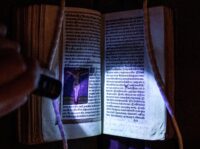 It is one of only three surviving books of Anne Boleyn’s to have signed inscriptions in her hand. The inscription written across from an image of the Coronation of the Virgin reads: “Remember me when you do pray, that hope dothe led from day to day.” Underneath it is Anne’s signature. Legend has it she carried this book to the gallows.
It is one of only three surviving books of Anne Boleyn’s to have signed inscriptions in her hand. The inscription written across from an image of the Coronation of the Virgin reads: “Remember me when you do pray, that hope dothe led from day to day.” Underneath it is Anne’s signature. Legend has it she carried this book to the gallows.
Medieval historian and former steward of Hever Castle Kate McCaffrey was given special permission to examine the castle’s two inscribed Anne Boleyn prayer books. In the Book of Hours, she spotted what looked like smudges. When examined under ultra-violet light, the smudges proved to be four signatures of people related to Elizabeth Hill, a childhood friend of Anne’s and part of her court. Three of the signatories were women — Hill’s mother, her aunt, her cousin — and one was a man — her uncle. They had been erased leaving only the smudges visible to the naked eye.
Using ultraviolet light and photo editing software she discovered three family names written in the book; Gage, West, and Shirley (from Sundridge, near Sevenoaks). These three names centre around a fourth, the Guildford family of Cranbrook in Kent.
Kate’s research uncovered that the book was passed from female to female, of families not only local to the Boleyn family at Hever but also connected by kin.
She explained: “It is clear that this book was passed between a network of trusted connections, from daughter to mother, from sister to niece. If the book had fallen into other hands, questions almost certainly would have been raised over the remaining presence of Anne’s signature. Instead, the book was passed carefully between a group of primarily women who were both entrusted to guard Anne’s note and encouraged to add their own.
“In a world with very limited opportunities for women to engage with religion and literature, the simple act of marking this Hours and keeping the secret of its most famous user, was one small way to generate a sense of community and expression.”
